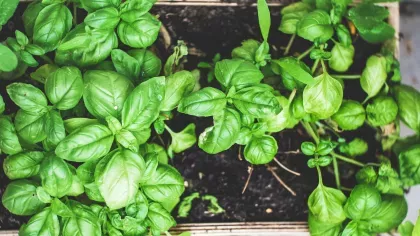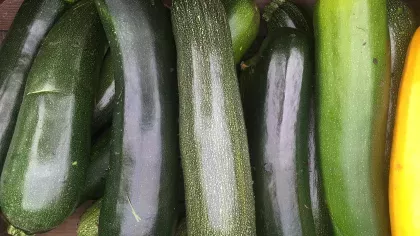13 August 2021
The high-protein bean you’ve probably never heard of
Experimenting with the lablab bean to find food crops for the future.

Over the past few years, scientists at Kew have been researching many aspects of the legume lablab (Lablab purpureus), also known as the hyacinth bean.
This beautiful vine with its pink flowers is often grown ornamentally in cooler climates but is grown as a food in its native habitat of Africa. Records show that it has been cultivated in India from as early as 2500 BCE.
Packed with nutrients
As a food crop, lablab is an extremely versatile plant, as the leaves, roots, flowers, pods and beans are all edible. The raw beans contain a toxin, so they must be boiled before eating.
The leaves are extremely high in protein and iron, so as well as a fantastic substitute for spinach, they are also often used as fodder for animals.
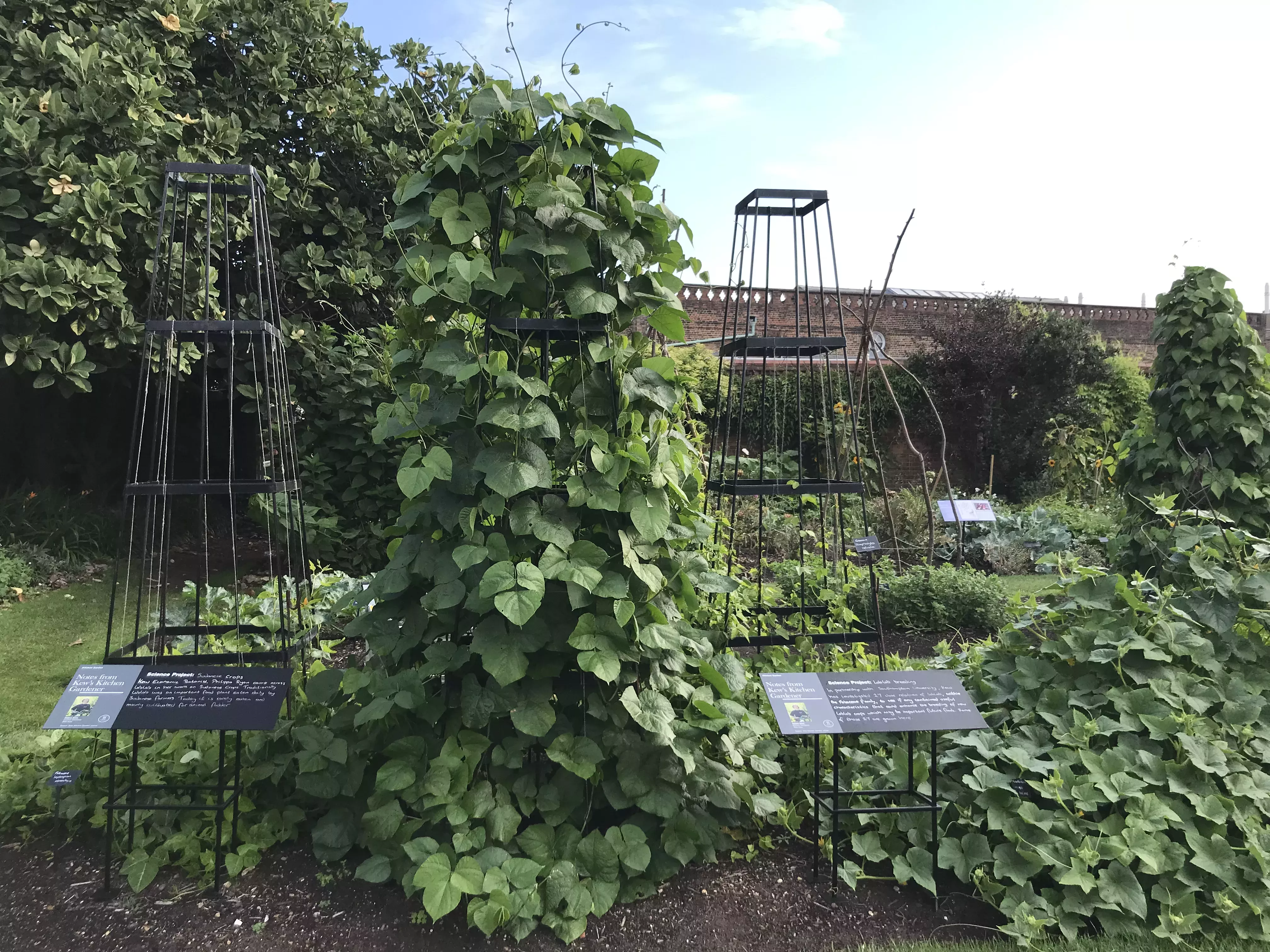
The beans themselves are also nearly a quarter protein, which makes them incredibly useful in a diet where protein may be hard to come by.
The beans can be turned into tofu or fermented in tempeh, and the pods are often found as ingredients in curries.
Hailing from hot, dry climates, the lablab bean can cope with drought conditions which makes it a useful crop in the increasingly warmer UK summers.
Currently, it is a short-day plant, meaning it does not flower until the days become shorter than the nights, occurring around September in the UK, but breeding is under way to create a cultivar which crops earlier in the season.
In Australia, a popular cultivar is ‘Koala’ and in the UK, ‘Ruby Moon’ is proving very successful.
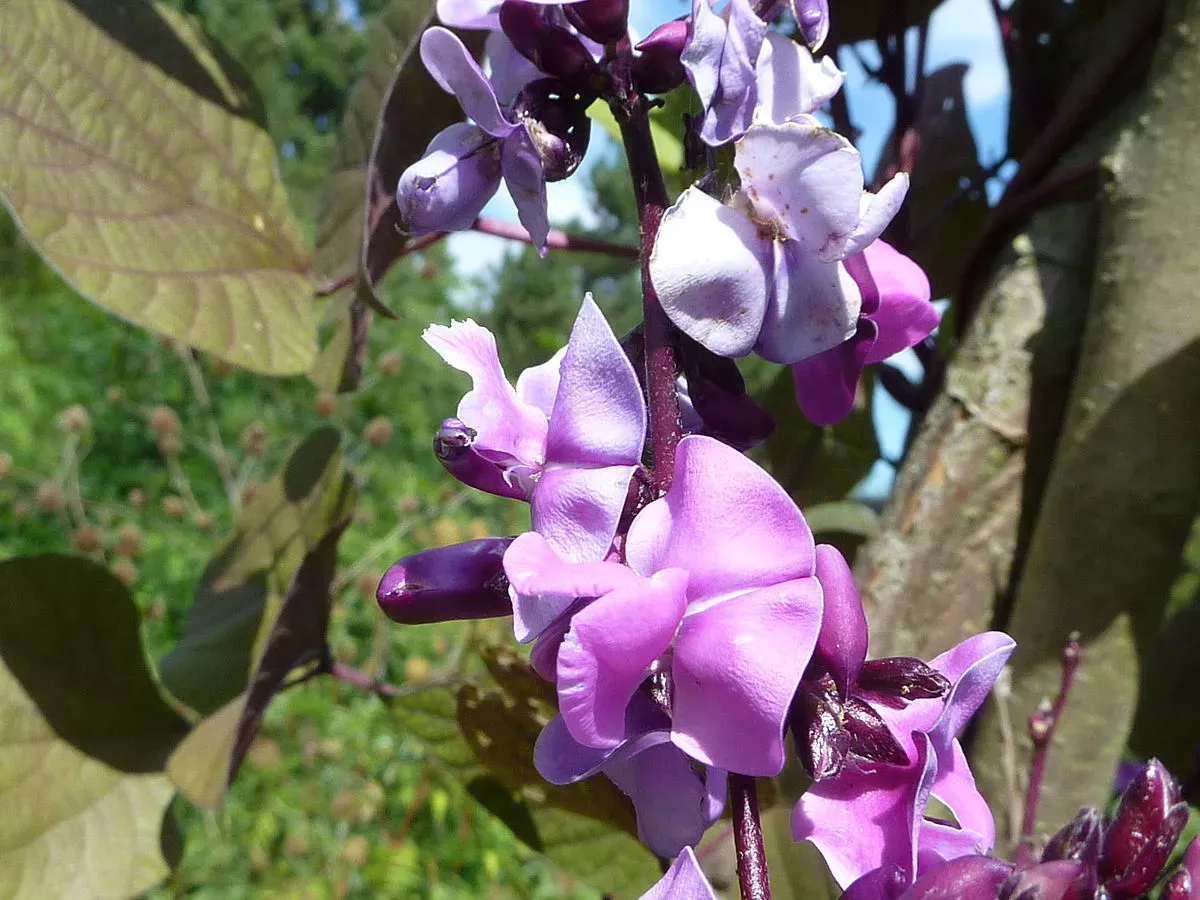
An orphan crop
Orphan crops are crops that have no real commercial properties and are not widely grown in their country of origin.
In the case of lablab, it was originally an African crop which is now more widely grown in India. The most likely reason for its current status as an orphan crop is the change in agricultural practices, which now mainly focus on commercial crops.
Economic botanist, Philippa Ryan, came across lablab in her work on Sudanese orphan crops. She encountered a delicious Nubian dish consisting of boiled lablab beans with roasted young bottle gourds (Lagenaria siceraria).
On her travels, she interviewed farmers in Nubian villages about traditional agriculture and how it has changed.
The discussions revealed that today, lablab is only cultivated and eaten by the older generations, and more commonly grown as a fodder crop for livestock by younger farmers.
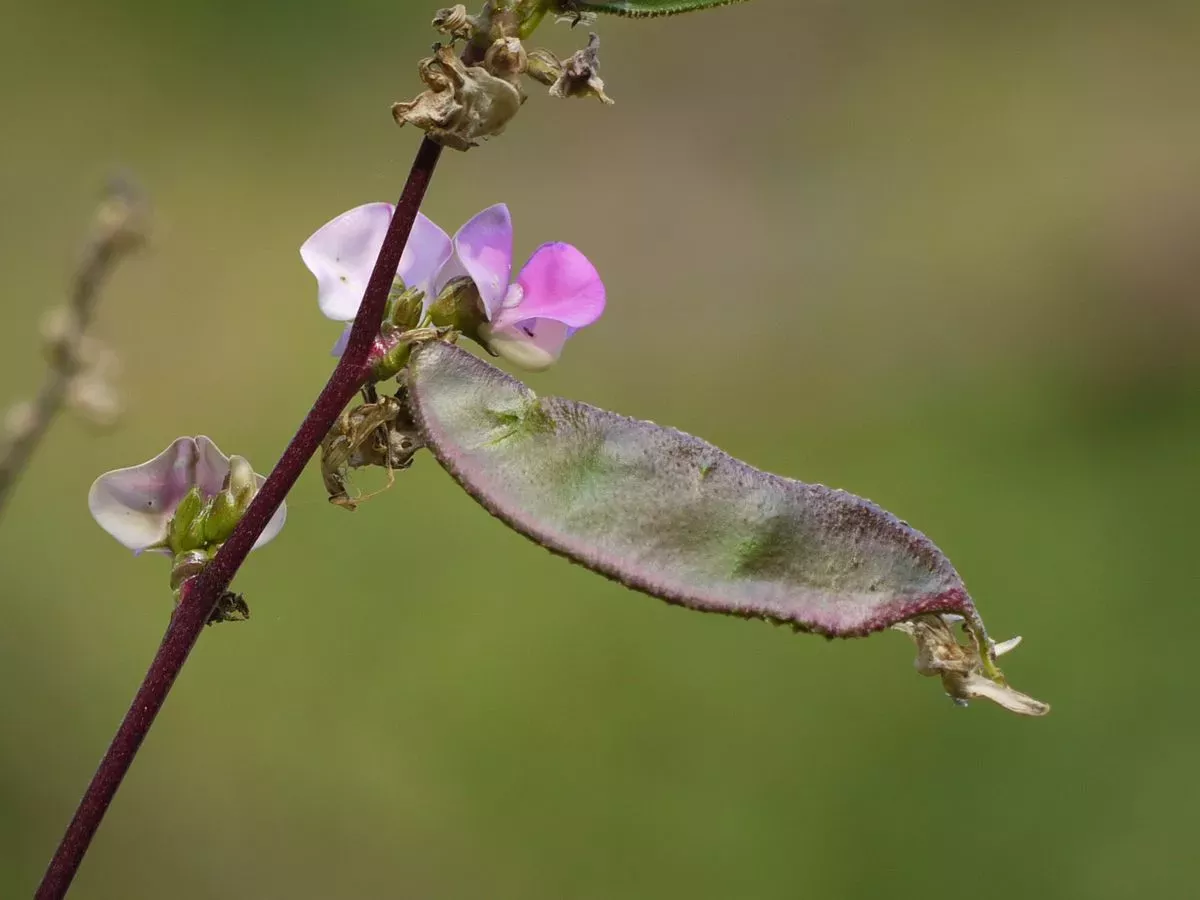
Lablab breeding
A collaboration between Kew scientists and those at Southampton University aims to create a more commercial form of lablab.
The project has investigated 27 close relatives within the Fabaceae family to see if any contain similar genes that could be used for breeding purposes.
We will be growing some of these 27 in the Kitchen Garden this year, alongside Lablab purpureus to highlight some of the visual similarities.

